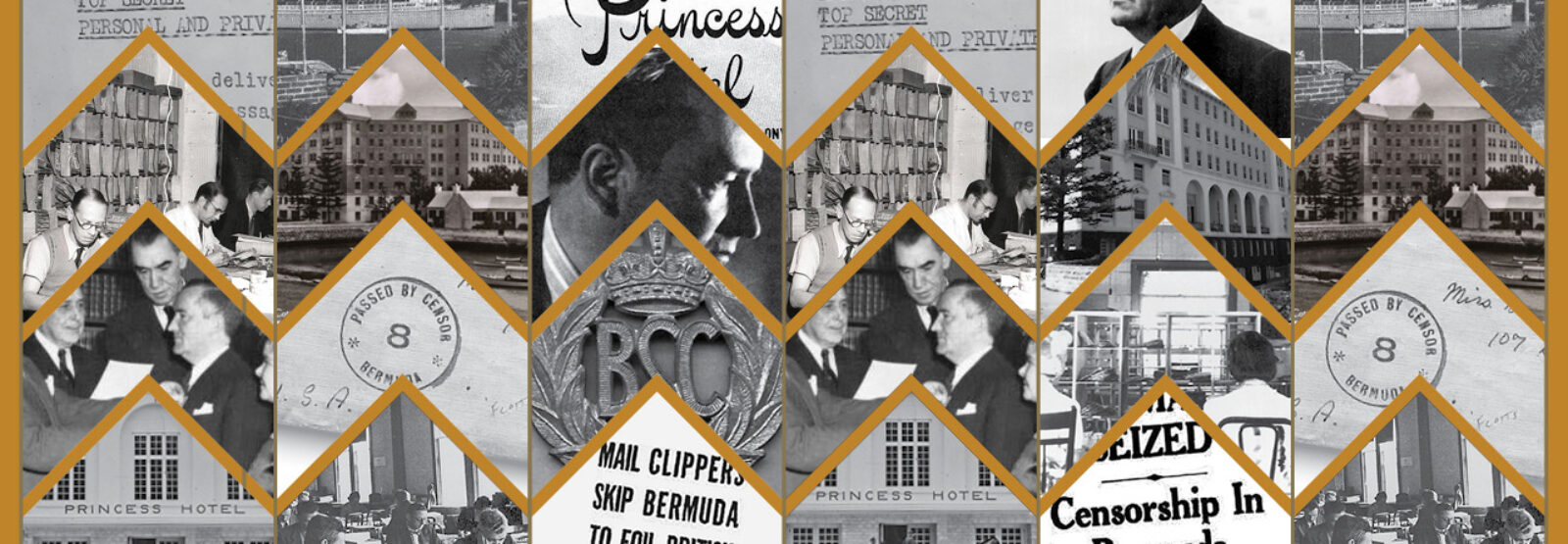Bermudian Landmark
Established in 1885, Hamilton Princess & Beach Club was named for Princess Louise, the Duchess of Argyll, daughter of Queen Victoria and a patron of the arts – a fitting namesake given the hotel’s current reputation as one of the foremost art hotels in the world. As Fairmont’s oldest hotel, the Bermudian landmark has seen its fair share of history.
Perhaps most notably, the hotel became an imperial censorship station for the British intelligence forces during the Second World War in late 1940. Known as the Bletchley of the Tropics – a nod to the famous codebreaking centre at Bletchley Park – the hotel served as a workplace and home for around 1,500 intelligence officers, academics, codebreakers and support staff who descended upon the island. Their vital mission: to intercept Axis communications between Europe and the United States – who had not yet entered the war.
Amongst those intelligence officers to pass through the hotel’s corridors were Ian Fleming and his mentor – and supposed inspiration for James Bond – Sir William Stephenson, best known by his wartime intelligence codename, Intrepid. Sir William was responsible for the set-up and success of the censorship station and, supposedly, for helping to draw America into the Second World War. Fleming said of the man: ‘James Bond is a highly romanticised version of a true spy. The real thing is… Sir William Stephenson.’ When Stephenson retired in the 1960s, remembering fondly the time he spend in Bermuda, he chose spend his last years here, on his estate in Tucker’s Town, which he named Goldeneye. Surrounded by the lush, sub-tropical beauty of Bermuda, the importance of the work they were doing – not to mention the young female graduates who made up the majority of the station’s staff, dubbed rather glamorously as ‘the censorettes’ – it’s not hard to see how Fleming would have drawn inspiration for his international man of mystery.
Room 287
From September 1940 until May 1944, ‘Room 287’ was the code name for the top-secret Scientific & Testing Department of the British Censorship Detachment at the Princess Hotel in Bermuda.
Initially this was a small office on the second floor, until a larger location was prepared on the floor above. Members of the S&T Department gave lectures on the function of the new department, including the scientific methods used to make deleted passages visible on letters contained handwriting using secret ink. In the first month of the censors’ testing for secret ink, they reviewed 149 letters, increasing to an average of 15,000 per month by the end of the year.
Evidence supplied by censors in Bermuda’s ‘Room 287’ was used in cases to convict persons like WWI German Officer Edwin Harry de Spretter and his accomplice Ernest Frederick Lehmitz, as well as poet, writer, and propagandist George Sylvester Viereck and Werner von Clemm, all of whom were exchanging information in secret ink. Crimes ranged from evading British blockade, defrauding, U.S. Customs and hailing Adolf Hitler. The number of censors in Bermuda throughout the years averaged around 500.
– This information was obtained from the book “1,324 Days in Bermuda”, by Horst Augustinovic

